
Chinese pharmas face price pressures from Indian entrants under GPO
The entrance of Indian players may cut prices further by 30%.
Competition in China’s pharmaceutical sector is expected to intensify as the 25-province Group Purchasing Order (GPO) programme launched in Shanghai, where the entrance of Indian and foreign players could introduce a new price floor, UOB Kay Hian reported.
Accordingly, the 25-province GPO programme’s projected earnings of $843m (RMB6b) may attract more participation from multinational corporations (MNCs), which signals that generics price cuts will intensify in the long run.
Also read: Price cuts intensify as China's GPO programme expands outside 11 cities
The debut of Indian generic firms pose the largest threat to domestic generic drug makers. The entrance of Dr. Reddy’s BE-approved Olanzapine in the GPO amongst other Indian players would be able to cut prices further by 30% from the 11-city GPO tender prices, which could shake market sentiment.
Similarly, drugs with three or more bioequivalent (BE) qualifiers are expected to see considerable price pressure, as participants are not guaranteed a spot in the 25-province market as participants are not guaranteed a spot in the 25-province market.
Overall, the 25-province GPO is expected to have a mixed impact on the Chinese pharma and generics sector. Existing dominant players are likely to lose whilst small players may gain from the volume boost, said UOB.
“As the programme involves the “giveaway” of 70% the agreed market share at the most, existing firms drug market share beyond 23% will likely suffer. On the other hand, firms with small market shares, especially new players with zero market presence, could be big winners amid volume expansion and instant sales channel penetration,” they added.
Some exceptions would be those who obtained two individual BE qualifications for the same drug but with different formulations, such as Sino Biopharm.
Additionally, leading players will benefit on market consolidation in the longer term.
“With the significant price cuts and expansion of GPO nation-wide, we expect drug distributors to be negatively impacted as the market size of the relevant drugs shrinks. We expect considerable margin pressure and weakening cash flow for drug distributors. However, leading players such as Sinopharm will become long-term winners as they take this market consolidation opportunity to quickly expand market presence,” noted UOB Kay Hian.


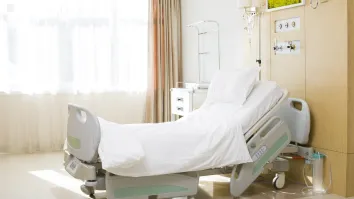
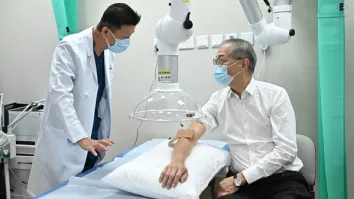






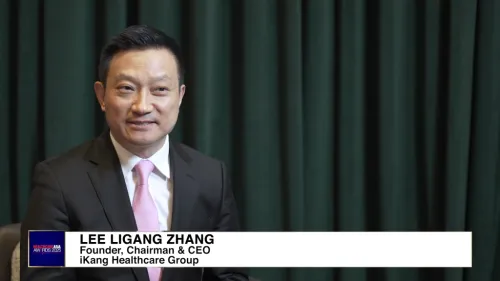
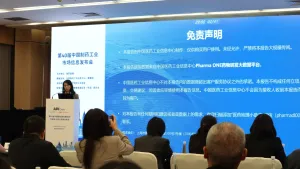

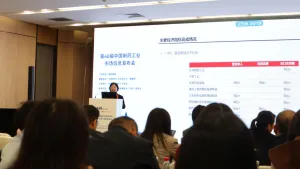



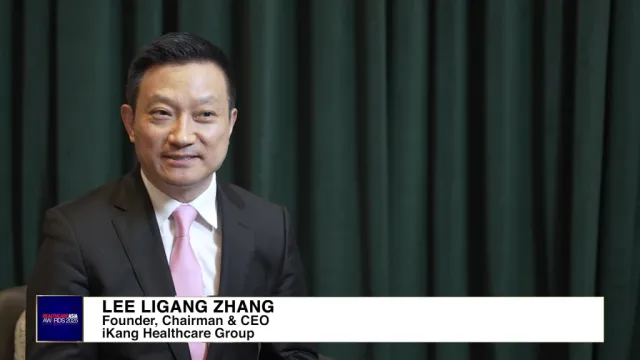

 Advertise
Advertise








